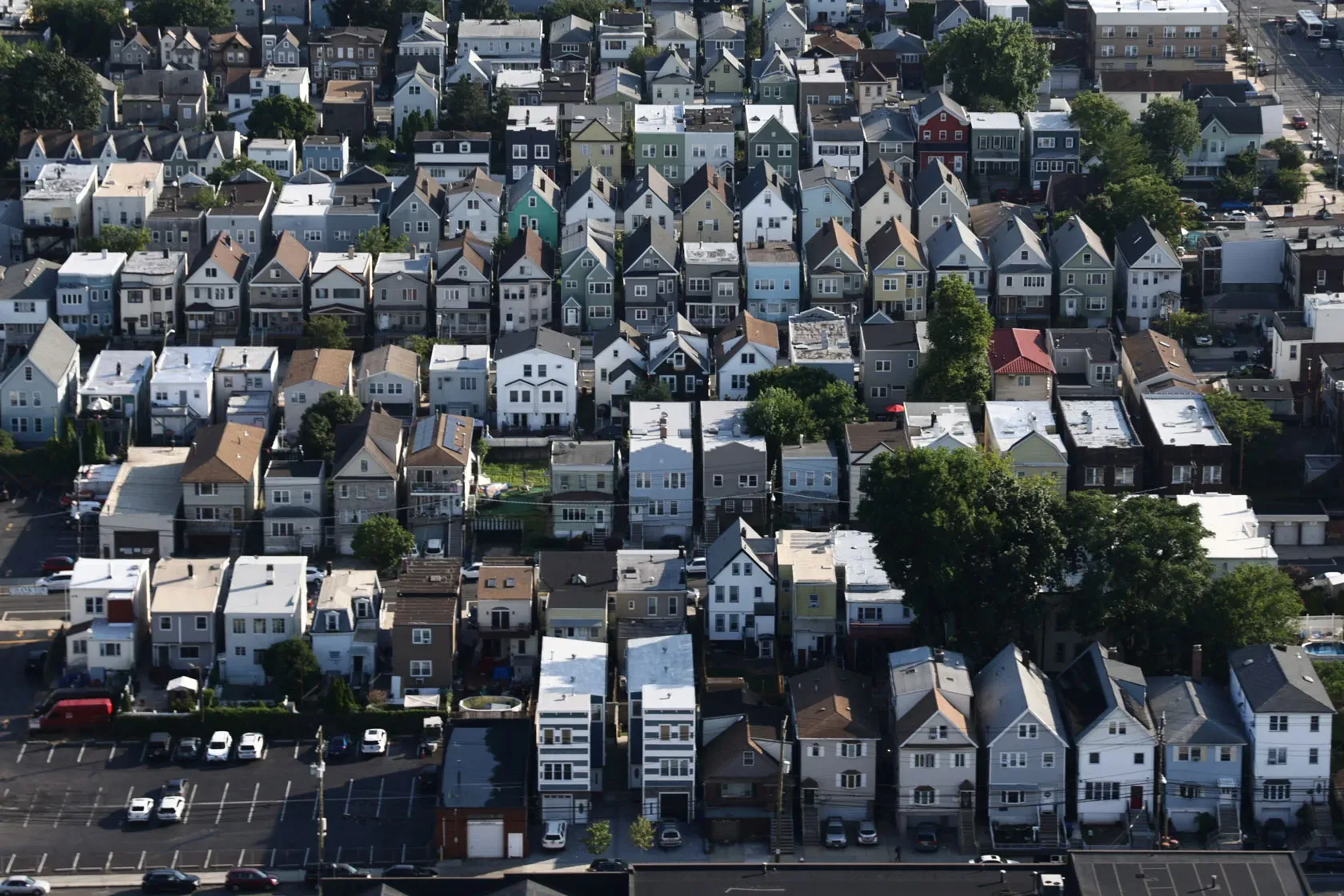Affordable Housing Crisis: Policy Debates Intensify Before the 2026 Elections
New York’s skyline may glitter with prosperity, but the ground reality tells a different story. The city’s affordable housing crisis has deepened to levels unseen in decades, creating one of the most urgent socio-economic debates ahead of the 2026 elections. Rent burdens are at record highs, eviction rates are climbing, and the gap between luxury development and livable affordability has widened into a policy flashpoint.
As policymakers, developers, and advocacy groups clash over solutions, the city stands at a crossroads. Should New York double down on market incentives to spur new construction, or expand public and nonprofit housing programs to protect its working-class residents? The debate reflects a larger national struggle between free-market mechanisms and government intervention but nowhere is it felt more acutely than in Manhattan, where affordability defines access to opportunity itself.
Rising Costs and Stagnant Supply
The numbers tell a stark story. Over half of New York renters now spend more than 30 percent of their income on housing, while nearly one-third pay over 50 percent. Vacancy rates for rent-stabilized units have fallen below 2 percent, effectively locking out low- and middle-income residents from the market.
Construction, meanwhile, has slowed despite record demand. The expiration of the state’s 421-a tax incentive, which had long encouraged developers to include affordable units in exchange for tax breaks, left a noticeable void in the pipeline. New projects in Manhattan and the outer boroughs have tilted heavily toward high-end condos and luxury rentals, while affordable housing completions have lagged.
Developers argue that without meaningful incentives, the economics of new affordable housing simply do not work land, materials, and financing costs have all soared. Critics counter that decades of tax abatements have enriched developers while delivering too few lasting affordability outcomes. This policy tug-of-war has become one of the defining urban challenges of the 2020s.
Policy Fault Lines Ahead of 2026
As the 2026 election season approaches, housing is poised to dominate state and city agendas. Competing visions are emerging across the political spectrum, each reflecting a different philosophy about how to address scarcity and inequality.
Reform advocates are pushing for the revival of tax incentive programs but with stricter affordability requirements and deeper community oversight. Some policymakers favor expanding “social housing” models, where mixed-income developments remain permanently affordable under public or nonprofit ownership. Others are calling for stronger rent stabilization laws and eviction protections, arguing that preservation, not just production, must be central to housing policy.
On the other side, pro-market leaders insist that zoning reform and regulatory streamlining are the only viable paths to affordability. They argue that restrictive land-use policies have constrained supply for decades, and that unleashing private-sector construction especially in underdeveloped transit corridors could help bridge the gap between demand and availability.
These debates are not just ideological; they are deeply practical. Every proposal carries fiscal implications for the city and state, and every delay compounds the human cost of inaction. As Manhattan’s rental prices continue to climb and homelessness numbers remain stubbornly high, voters are demanding solutions grounded in both compassion and realism.
The Human and Economic Stakes
Beyond policy battles, the crisis has tangible effects on the city’s social and economic fabric. Teachers, healthcare workers, artists, and service employees the people who keep New York functioning are being priced out of the neighborhoods they sustain. The city’s workforce increasingly commutes from outer boroughs or neighboring states, straining infrastructure and weakening community ties.
Economic analysts warn that housing instability could undermine New York’s long-term competitiveness. High living costs deter young professionals and small business formation, while talent flight threatens the very industries that make the city an innovation hub. Corporate leaders have begun voicing concern that housing affordability has become not only a social issue but also a strategic one.
Meanwhile, community groups are amplifying calls for inclusionary zoning, rent caps, and public land redevelopment to ensure that affordability becomes a permanent feature of urban planning not an afterthought. The city’s housing crisis has evolved into a mirror of broader national inequality, with New York serving as both example and warning.
A Crossroads for Urban Policy
The convergence of housing, equity, and political momentum makes 2025 a pivotal year for shaping the city’s direction. The outcome of ongoing legislative negotiations from new tax credit frameworks to rent law revisions will influence not just the next electoral cycle but the very composition of New York’s population.
Developers and policymakers alike are being forced to rethink traditional roles. Public-private partnerships, long criticized for inefficiency, are being redesigned to ensure measurable outcomes. Technology and data analytics are being integrated into housing programs to track rent burdens, forecast shortages, and allocate subsidies more effectively.
In essence, New York’s housing debate is no longer just about real estate; it is about what kind of city it wants to be. Will it remain a magnet for global wealth, or will it reestablish itself as a place where diverse communities can live and thrive? The answers being shaped today will define the city’s identity for decades to come.
Conclusion
As the 2026 elections near, New York’s affordable housing crisis has become a defining issue politically, economically, and morally. The city that once promised opportunity for all now faces the challenge of keeping that promise alive.From luxury towers to public housing corridors, the conversation is converging on one question: how can a global capital sustain both growth and equity? The decisions made in the next year will determine whether New York continues to evolve as a city of inclusion or drifts further toward exclusivity.




